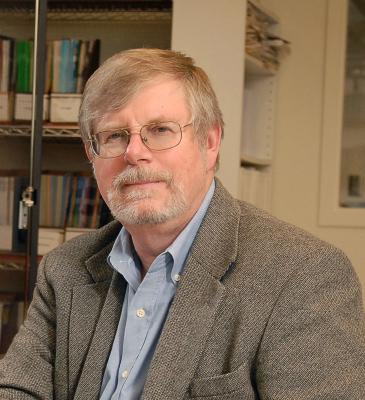2015 Rimes Lecture Announcement

Dr. David Dixon of the University of Alabama will be the keynote speaker for the 29th Annual Rimes Lecture, scheduled for Monday, April 13, 2015 at 6:30 pm in the LeBlanc Ballroom on the campus of Spring Hill College. Dr. Dixon's presentation will be on "Using Computational Chemistry to Address Problems in Energy and the Environment" (please see Abstract below and Dr. Dixon's brief biography). SHC faculty, staff, and students, as well as our friends in the community, are all invited to attend!
The Rimes Lecture series is named in honor of Reverend William J. Rimes, of the Society of Jesus. As a student, faculty member, and President of the College, Father Rimes spent more than 30 years of his life at Spring Hill College. Following his freshman year at Spring Hill, Father Rimes entered the New Orleans Province of the Society of Jesus. He completed his studies at Spring Hill in 1943, and then earned his doctorate in Physical Chemistry from Louisiana State University. During his 30+ years at Spring Hill, Father Rimes taught in the chemistry department, served as chair of the chemistry department, and from 1966 to 1972 served as the President of the College. After his retirement from the college, Father Rimes took part in parish work in Arkansas and Washington State until his death in 1999.
Abstract: Advances in theory, algorithms, software, and computer architectures have made it possible to calculate reliably the properties of a broad range of molecular systems for practical applications. The focus of this talk is on the prediction of such properties, especially thermodynamic properties, using advanced electronic structure theory approaches, mostly at the CCSD(T) level, for a range of applications in energy and the environment. Examples include: (1) understanding catalytic reactions including the conversion of biomass and the splitting of water on transition metal oxide clusters, (2) the discovery of new reactions of inorganic fluorides and the role of electron affinities to understand redox properties, (3) the energetics of the Schrock and Grubbs catalysts for olefin metathesis reactions and why electronegative substituents do not work, and (4) the properties of Pd catalysts for carbon-carbon cross-coupling reactions. Examples in the area of environmental chemistry include the hydrolysis reactions of actinides which control their aqueous chemistry; an understanding of these processes is needed for environmental remediation, separation design, and the development of new nuclear fuels. A second environmental example are the reactions of calcium and magnesium aqueous ions with CO2 for geological sequestration of CO2, and a third is developing an understanding the reactions of halogen oxides and CFC alternatives relative to stratospheric ozone depletion. This work is supported by the U.S. DOE Office of Science (BES).